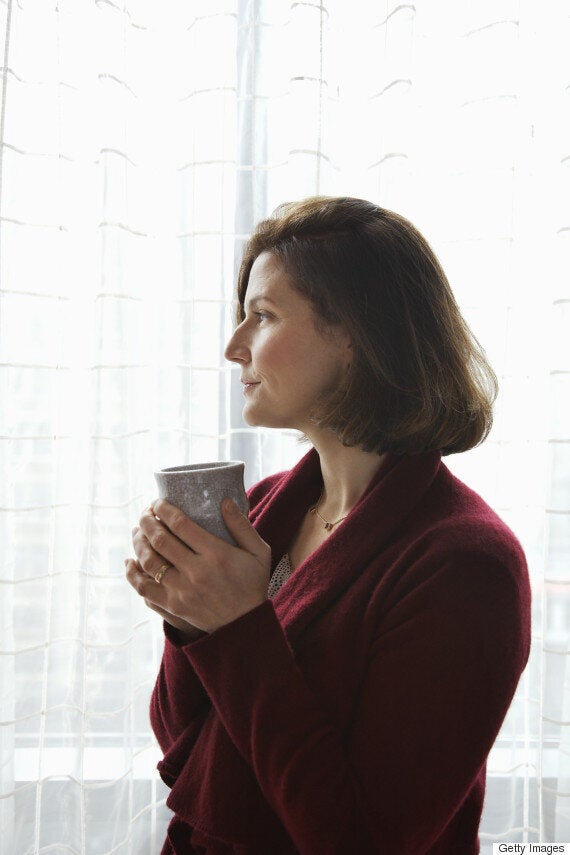Mood swings and hot flushes are common symptoms of menopause, but they don't have to have a negative impact on your lifestyle.
In the above video, clinical psychologist Dr Carol Landau from Brown University gives her tips on coping with these changes to your physical and emotional health.
She explains that the average age for menopause - defined by having one entire year without a period - is 51.
During this time, 75-780% of women report having hot flushes. Not all find hot flushes bothersome, but some women may find the experiences have a detrimental effect on their overall wellbeing.
One treatment that may ease symptoms is hormone therapy. Experts recommend a low level of oestrogen is used for a short period of time.

For other women, mood swings can be the most noticeable symptom during menopause.
If mood swings are causing you problems, you may wish to speak to your doctor about antidepressants.
Depression does not affect all women during menopause. However, if you have a history of depression Landau recommends keeping an extra eye on your mood during this time.
Alternatively, attending behavioural classes where you can learn relaxation techniques may help.
Last but definitely not least, regular exercise can significantly improve your health, by helping you to cope with both hot flushes, and mood changes.
Exercise will also cut your risk of heart disease - something that women are at greater risk of after menopause.
So grab those trainers, and remember, these symptoms are temporary.
